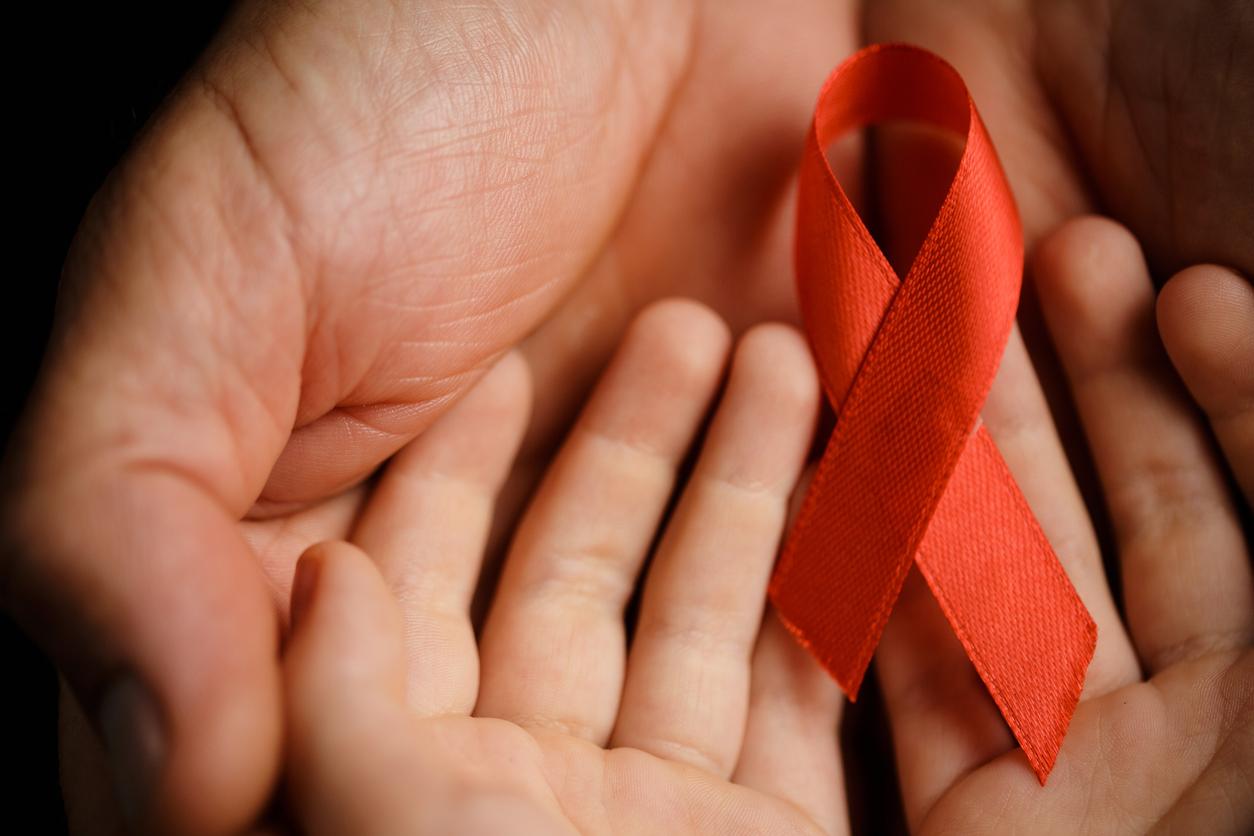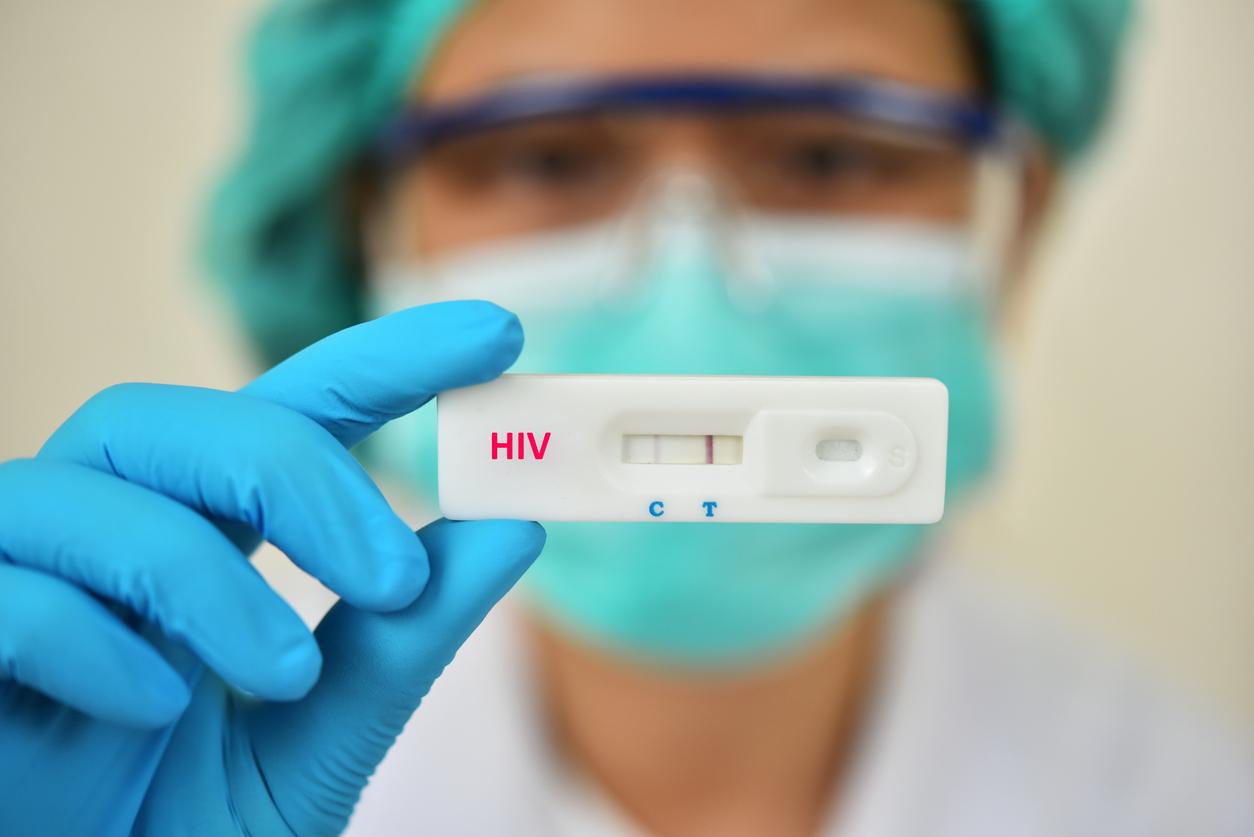A single test would detect HIV and the viruses responsible for hepatitis B and C using a technique called “transcription-mediated amplification”.

- A new screening test for HIV, hepatitis B and C has been developed.
- Only one drop of dried blood is needed, which facilitates access to screening.
- The test has shown its reliability even when the amount of virus is low.
More than a million people die each year from hepatitis B or C and 650,000 die from HIV infection, according to data from the World Health Organization. Early detection is one of the main challenges in reducing these numbers. During the European Congress of Clinical Microbiology and Infectious Diseasesheld in Copenhagen, researchers presented an innovative technique for detecting these three viruses, with a single test and a single drop of blood.
HIV and hepatitis: why are current screening methods not always appropriate?
Today, the most common test used to screen for hepatitis B, hepatitis C and HIV involves taking a sample of blood from a vein using a needle. Although this method is effective and recognized, it is not always possible to use it depending on the location and region. “These may include prisons, drug rehabilitation centers and homeless shelters, where the collection of venous blood samples is not always appropriate or in countries where shipping and refrigerated storage of samples of blood can be difficult”explain the authors of this research in a communicated.
How does this new test capable of detecting HIV and hepatitis B and C work?
Many scientists are working on simpler methods that are suitable for all situations. This team from the Department of Clinical Microbiology at the University Hospital of Copenhagen has succeeded in doing so: their test is based on the analysis of a drop of dried blood. “To do the test, the individual’s finger is pricked and a few drops of blood are taken on filter paper and left to dry.”, they explain. Then they use a technique called “mediated amplification” by transcription to analyze one of the bloodstains. This makes it possible to search for the genetic material of the three viruses.
A test to detect small amounts of virus
Twenty samples containing detectable amounts of HIV, hepatitis B and hepatitis C were analyzed by the dried blood spot method and the test detected the virus in each of the samples. “Plasma was also diluted to determine the lower limit of detectionadd the authors. This showed that it was possible to detect viruses at levels far below those normally found in untreated patients..”
In principle, this technique is used on liquid samples of plasma or serum, but Danish scientists have managed to adapt it to drops of dried blood. “The Dried Blood Test is great for places where you don’t want to use a needle for safety reasons or where it’s less convenient.” says Stephen Nilsson-Møller, lead author of the study. According to him, dried blood can be stored for nine months without refrigeration, compared to only a few hours at room temperature for liquid samples.

















